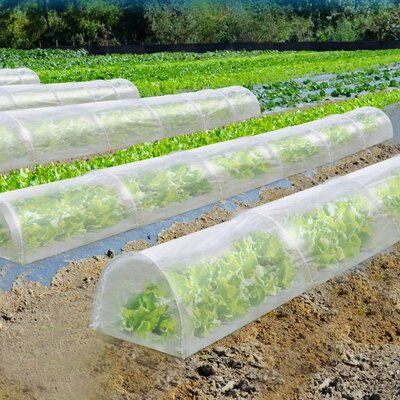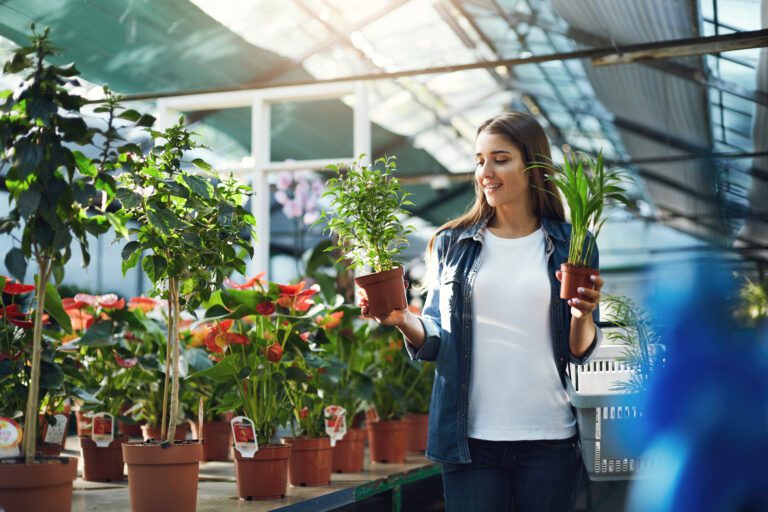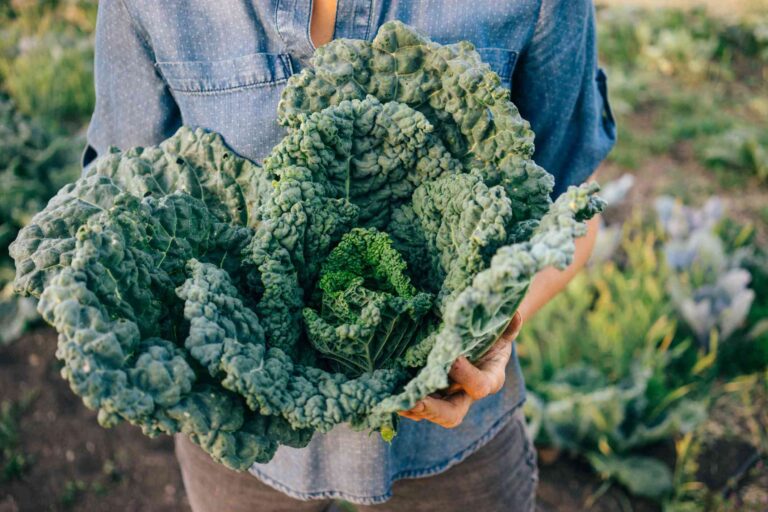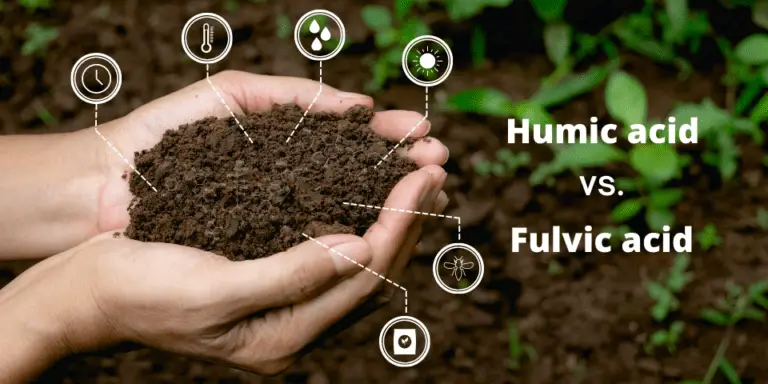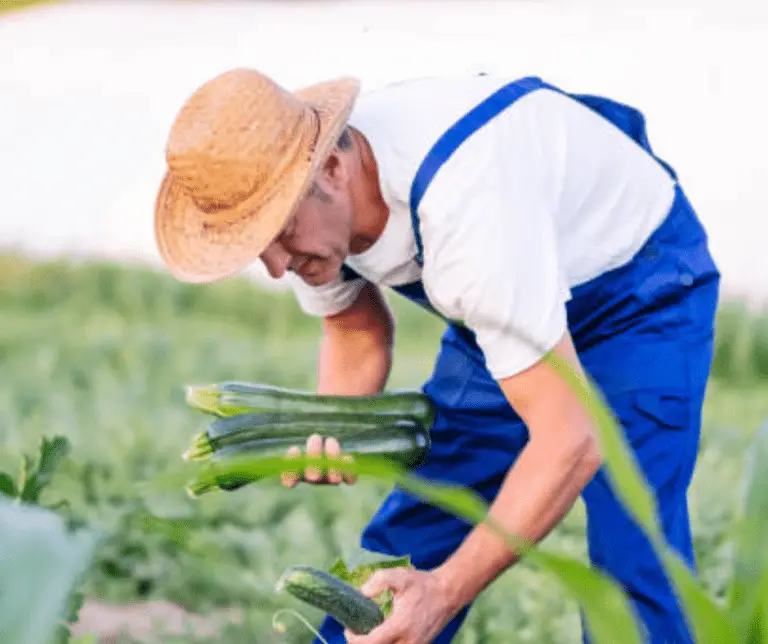Salvia Guaranitica: The Blue Anise Sage Perfect Guide
Table of Contents
Characteristics of Salvia Guaranitica
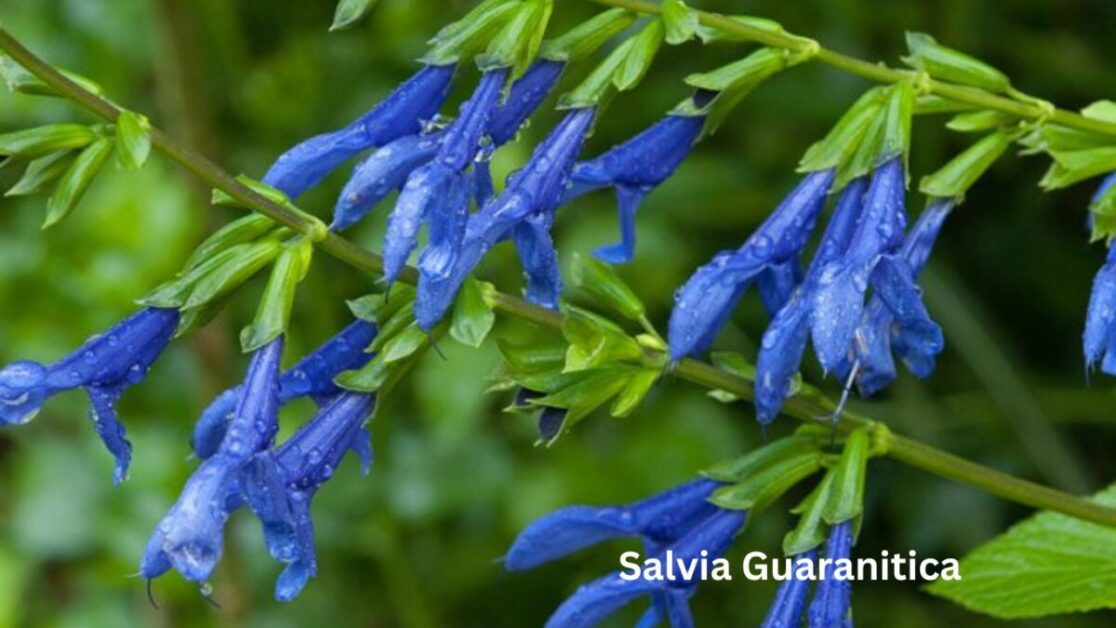
Salvia Guaranitica, also known as Anise-scented sage, is a striking perennial plant native to Brazil, Uruguay, and Argentina. This herbaceous plant belongs to the Salvia genus and is characterized by its vibrant blue tubular flowers that attract pollinators such as hummingbirds and butterflies. The leaves of Salvia Guaranitica are lance-shaped, dark green, and emit a sweet, anise-like fragrance when crushed or brushed against, hence its common name.
In addition to its aesthetic appeal, Salvia Guaranitica is valued for its long blooming period, which typically lasts from late spring to fall. This plant thrives in full sun to partial shade and prefers well-drained soil with a neutral to slightly acidic pH. With proper care, Salvia Guaranitica can grow up to 3-4 feet in height and spread, making it an ideal choice for borders, herb gardens, or mixed perennial beds. Whether used for its ornamental beauty or its culinary and medicinal properties, Salvia Guaranitica is a versatile and rewarding plant for gardeners of all levels.
Growing Conditions for Blue Anise Sage
Blue Anise Sage, scientifically known as Salvia guaranitica, thrives in warm climates and provides a stunning pop of color in gardens. This perennial plant prefers full sun to partial shade for optimal growth and flowering. When planting Blue Anise Sage, ensure the soil is well-draining to prevent waterlogging, as this can lead to root rot. Consider adding organic matter to the soil to improve its texture and fertility, supporting the plant’s development.
In terms of watering, Blue Anise Sage benefits from consistent moisture but does not tolerate soggy conditions. Allow the soil to dry out slightly between waterings to strike the right balance. Fertilize the plant sparingly with a balanced fertilizer during the growing season to encourage healthy growth and vibrant blooms. By providing these growing conditions, you can enjoy the beauty of Blue Anise Sage in your garden while promoting its overall well-being.
Propagation Methods for Salvia Guaranitica
Salvia guaranitica can be propagated through various methods to expand your garden’s collection or share these beautiful plants with fellow enthusiasts. One common way to propagate Salvia guaranitica is through stem cuttings. Select a healthy stem with a node, remove any leaves from the lower part of the cutting, and place it in a suitable growing medium. Provide adequate humidity and warmth to encourage root development.
Another effective method for propagating Salvia guaranitica is by division. When the plant has matured sufficiently, carefully divide the root ball to create new plants. Ensure each division has enough roots and foliage to support its growth. Plant the divisions in well-draining soil and water them thoroughly to help them establish in their new locations.
Different Varieties of Blue Anise Sage
Blue Anise Sage, scientifically known as Salvia guaranitica, boasts several captivating varieties that can add a splash of color and charm to any garden landscape. One popular variety is the ‘Black and Blue’ cultivar, renowned for its striking deep blue flowers with black calyxes. This variety not only attracts pollinators like hummingbirds and butterflies but also adds a touch of elegance to any garden setting with its contrasting dark hues.
Another sought-after variety of Blue Anise Sage is the ‘Blue Ensign,’ which features vibrant blue blossoms that stand out against its dark green foliage. This variety is a favorite among gardeners for its prolific flowering habit and its ability to thrive in various growing conditions. With its robust growth and eye-catching blooms, the ‘Blue Ensign’ variety of Salvia guaranitica is a must-have for those looking to create a visually appealing and low-maintenance garden display.
Benefits of Growing Salvia Guaranitica
Salvia guaranitica, commonly known as Anise-Scented Sage, offers a multitude of benefits for gardeners and landscapes alike. One of the primary advantages of growing Salvia guaranitica is its stunning blue flowers that attract pollinators such as bees, butterflies, and hummingbirds. This makes it an excellent choice for creating a vibrant and wildlife-friendly garden that supports biodiversity and ecological balance.
Additionally, Salvia guaranitica is a low-maintenance plant that is drought-tolerant once established, making it an ideal choice for water-wise gardening practices. Its aromatic foliage also acts as a natural deterrent to deer and rabbits, helping to protect other plants in the garden. Overall, cultivating Salvia guaranitica not only adds beauty to outdoor spaces but also contributes to creating a sustainable and thriving ecosystem.
Common Pests and Diseases of Blue Anise Sage
Blue Anise Sage, while generally hardy, can fall victim to several common pests and diseases. One prevalent pest that gardeners should be aware of is the spider mite. These tiny arachnids suck sap from the plant, causing yellowing leaves and webbing on the undersides of the foliage. Keeping the plants well-watered and periodically spraying them with a strong stream of water can help deter these pests.
Another potential pest is the whitefly, particularly problematic in humid conditions. Whiteflies feed on the sap of the plant, leading to stunted growth and yellowing leaves. Introducing natural predators like ladybugs or deploying sticky traps can help control whitefly populations. Additionally, practicing good hygiene, such as removing and disposing of infested leaves, can prevent the spread of this pest.
Pruning and Maintenance Tips for Salvia Guaranitica
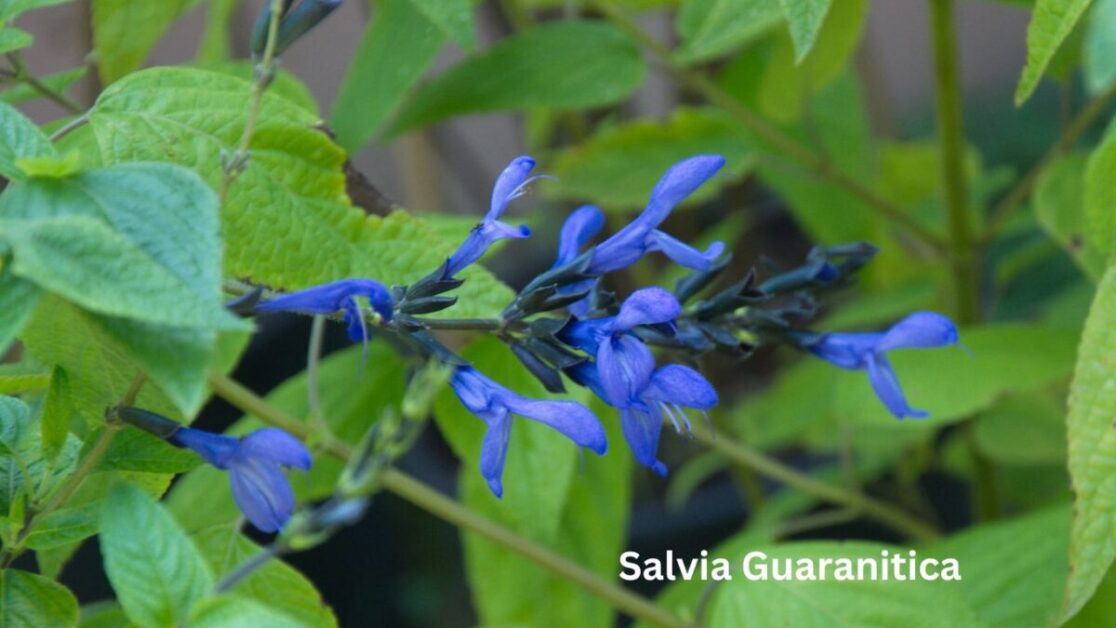
To maintain the health and vibrancy of your Salvia Guaranitica, regular pruning is essential. Pruning should be done in early spring before new growth appears. Remove any dead or damaged branches, as well as any growth that appears weak or spindly. This will help promote new growth and ensure a more compact and bushy appearance for your Salvia Guaranitica plant. Additionally, periodic deadheading of spent flowers throughout the blooming season can encourage the plant to produce more blooms and prolong the flowering period.
Aside from pruning, basic maintenance practices can also contribute to the overall well-being of your Salvia Guaranitica. Make sure to provide adequate water, especially during hot and dry periods, as this plant prefers consistently moist soil. Mulching around the base of the plant can help retain moisture and suppress weed growth. Fertilize the plant with a balanced fertilizer once or twice during the growing season to promote healthy growth and prolific flowering. Monitoring for any signs of pest infestations or diseases and addressing them promptly can prevent any serious damage to your Salvia Guaranitica plant.
Companion Plants for Blue Anise Sage
Blue Anise Sage, also known as Salvia guaranitica, thrives when planted alongside certain companion plants that support its growth and health. One excellent companion plant for Blue Anise Sage is Russian Sage (Perovskia atriplicifolia). Both plants share similar soil and sun requirements, making them ideal planting partners. Russian Sage’s airy texture and purple-blue blooms complement the striking blue flowers of Blue Anise Sage, creating a visually appealing garden display.
Another beneficial companion plant for Blue Anise Sage is Bee Balm (Monarda didyma). Bee Balm attracts pollinators such as bees and butterflies, which can help increase the yield and quality of Blue Anise Sage flowers. The vibrant red, pink, or purple flowers of Bee Balm provide a colorful contrast to the blue hues of Blue Anise Sage, adding depth and interest to the garden landscape. Planted together, these two plants not only enhance each other’s visual appeal but also contribute to a thriving ecosystem in the garden.
Harvesting and Storing Blue Anise Sage
When harvesting Blue Anise Sage, it is essential to do so before the plant flowers fully to preserve the best flavor. The ideal time to harvest is in the morning when the aromatic oils are at their peak concentration. Using sharp scissors or pruning shears, cut the stems just above a set of leaves to encourage new growth. Avoid cutting more than one-third of the plant at a time to ensure its continued health and vigor.
Storing Blue Anise Sage is a straightforward process that helps maintain its flavor and potency. After harvesting, rinse the leaves gently with cool water and pat them dry with a paper towel. You can store the leaves whole in a perforated plastic bag in the refrigerator for up to a week. Alternatively, you can dry the leaves by hanging them in a dark, well-ventilated area. Once dry, store the leaves in an airtight container away from direct sunlight to preserve their taste and aroma for future use.
Uses of Salvia Guaranitica in Cooking
Salvia guaranitica, commonly known as Anise-scented sage, is a versatile herb that not only adds a pop of color to your garden but also enhances the flavor profile of various culinary creations. The leaves of Salvia guaranitica have a distinct anise-like taste with a hint of mint, making them a delightful addition to both sweet and savory dishes.
When used in cooking, Salvia guaranitica leaves can be chopped and sprinkled over salads for a refreshing burst of flavor, or added to soups and stews to infuse a subtle licorice undertone. The herb can also be brewed into a fragrant tea or incorporated into homemade bread and pastries for a unique twist. Experimenting with Salvia guaranitica in your culinary endeavors can elevate your dishes and introduce a new dimension of taste to your meals.
Medicinal Properties of Blue Anise Sage
Blue Anise Sage, scientifically known as Salvia guaranitica, possesses a variety of medicinal properties that have been utilized for centuries in traditional medicine practices. One of the key medicinal benefits of this plant is its potential anti-inflammatory properties, which may aid in reducing inflammation and associated symptoms in the body. Additionally, Blue Anise Sage is believed to have antimicrobial properties, potentially helping to combat certain bacterial or fungal infections.
Furthermore, some studies suggest that compounds found in Blue Anise Sage may have antioxidant effects, which could play a role in protecting cells from oxidative stress and damage. These properties make Salvia guaranitica a valuable herb not only for culinary purposes but also for its potential health-promoting qualities.
Landscaping Ideas with Salvia Guaranitica
Salvia Guaranitica is a versatile plant that can be an excellent addition to your landscaping. One creative way to incorporate this stunning perennial is by planting it in mass groupings. The vibrant blue flowers of Salvia Guaranitica can create a striking visual impact when planted in clusters, adding a pop of color to your garden beds.
Another landscaping idea for Salvia Guaranitica is to use it as a border plant. The upright growth habit and long-lasting blooms of this plant make it ideal for delineating garden edges or pathways. By strategically placing Salvia Guaranitica along borders, you can create a cohesive and well-defined look in your outdoor space.
Historical Significance of Blue Anise Sage
Blue Anise Sage, scientifically known as Salvia guaranitica, holds a rich historical significance dating back centuries. Originating from South America, this aromatic herb has been treasured by indigenous communities for its medicinal properties and spiritual symbolism. Ancient civilizations revered Blue Anise Sage for its healing abilities and often used it in various rituals and ceremonies to promote well-being and cleanse the spirit.
Throughout history, Blue Anise Sage has also been praised for its vibrant blue flowers and lush foliage, which have been incorporated into ornamental gardens and landscapes around the world. Its striking appearance and alluring fragrance have captivated gardeners and horticulturists for generations, making it a timeless favorite in botanical collections and herbal traditions. The historical legacy of Blue Anise Sage continues to inspire both novice and seasoned gardeners, highlighting its enduring charm and cultural significance.
Cultural Symbolism of Salvia Guaranitica
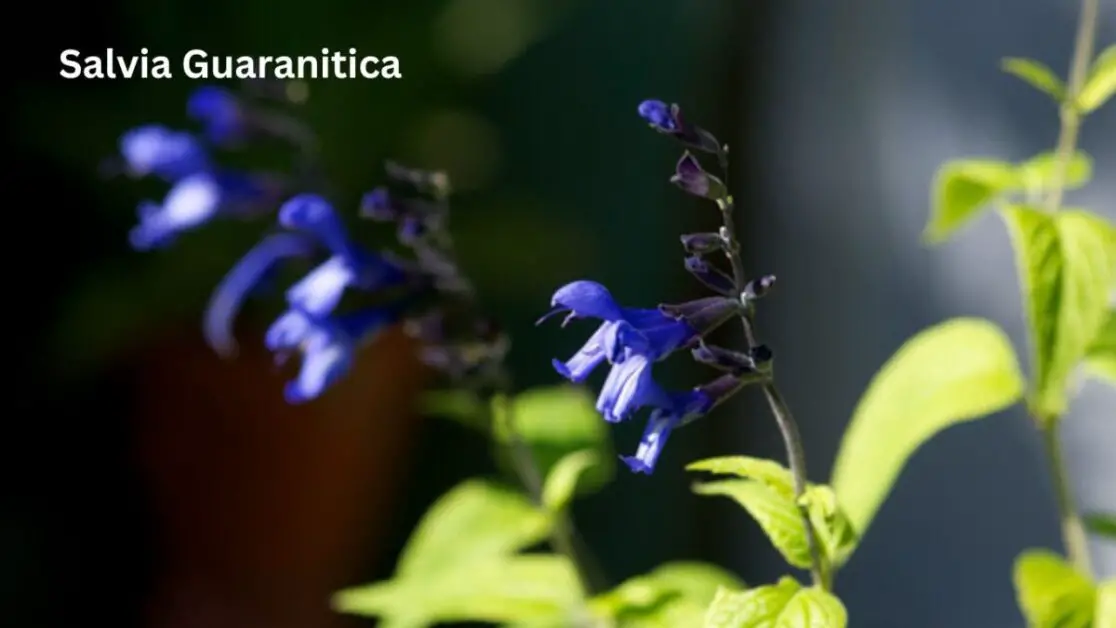
Salvia guaranitica holds significant cultural symbolism in various regions where it is grown. Throughout history, this plant has been associated with protection, healing, and purification rituals. The vibrant blue flowers of Salvia guaranitica are often seen as symbols of tranquility and peace, making them popular choices for inclusion in gardens and landscapes to promote a sense of calmness and serenity. Additionally, in some cultures, the plant is believed to bring good luck and ward off negative energies, making it a cherished addition to traditional practices and ceremonies.
The cultural significance of Salvia guaranitica extends beyond its ornamental value, as it has also been used in culinary and medicinal applications in certain traditions. The plant’s aromatic leaves and flowers are sometimes incorporated into dishes for their unique flavor profile, adding a touch of herbal essence to various culinary creations. Furthermore, in folk medicine practices, Salvia guaranitica is esteemed for its purported healing properties, with some cultures using it to alleviate ailments and promote overall well-being.
here’s a table about Salvia guaranitica, commonly known as Anise-scented sage or Hummingbird sage:
| Property | Details |
|---|---|
| Scientific Name | Salvia guaranitica |
| Common Names | Anise-scented sage, Hummingbird sage |
| Family | Lamiaceae |
| Native To | Brazil, Paraguay, Argentina |
| Plant Type | Perennial |
| Growth Habit | Upright, bushy |
| Height | 2-4 feet (60-120 cm) |
| Spread | 1.5-2.5 feet (45-75 cm) |
| Flower Color | Blue, purple, sometimes white |
| Flowering Season | Summer to fall |
| Sun Exposure | Full sun to partial shade |
| Soil Type | Well-drained, fertile |
| Soil pH | Neutral to slightly acidic |
| Watering Needs | Moderate |
| USDA Hardiness | Zones 7-10 (may survive in zone 6 with mulch) |
| Uses | Ornamental gardens, attracting pollinators |
| Maintenance | Low |
| Propagation | Seeds, cuttings, division |
| Pests/Diseases | Generally pest and disease resistant |
| Special Features | Attracts hummingbirds, butterflies, and bees |
| Companion Plants | Agastache, Echinacea, Rudbeckia, Penstemon |
Salvia guaranitica is a beautiful and easy-to-grow perennial plant that adds vibrant color to gardens and attracts pollinators with its nectar-rich flowers.
Resources for Further Information on Blue Anise Sage
For those seeking further information on Blue Anise Sage, there are various credible resources available to delve deeper into the cultivation and care of this striking plant. Gardening magazines such as “Garden Gate” and “Fine Gardening” often feature articles on growing Blue Anise Sage, providing valuable tips and insights from seasoned horticulturists. Online forums like the National Gardening Association and GardenWeb offer a platform for gardeners to share their experiences and advice on nurturing this aromatic herb. Additionally, reputable botanical gardens and agricultural extension services frequently conduct workshops and publish informative guides on the cultivation of Blue Anise Sage, serving as excellent resources for those looking to expand their knowledge on the subject.
For a more in-depth understanding of Blue Anise Sage, botanical books such as “The Gardener’s Guide to Growing Salvias” by John Sutton and “The Plant Lover’s Guide to Salvias” by John Whittlesey are highly recommended reads. These comprehensive guides provide comprehensive information on the different varieties of Blue Anise Sage, growing conditions, maintenance tips, and creative landscaping ideas incorporating this vibrant plant. Websites like the Royal Horticultural Society (RHS) and the American Horticultural Society (AHS) also offer extensive databases and articles on Salvia guaranitica, catering to both novice and experienced gardeners looking to enhance their botanical knowledge and green thumb skills.
Can Blue Anise Sage be grown indoors?
Blue Anise Sage can be grown indoors as long as it receives plenty of sunlight and is planted in well-draining soil.
Are there any specific companion plants that should be avoided when planting Blue Anise Sage?
Avoid planting Blue Anise Sage near plants that require a lot of water, as it prefers drier soil conditions.
How often should Blue Anise Sage be pruned?
Blue Anise Sage can be pruned in the spring to promote new growth and flowering. Deadheading spent flowers can also encourage more blooms.
Can Blue Anise Sage be used in potpourri or homemade herbal teas?
Yes, Blue Anise Sage leaves can be dried and used in potpourri or steeped to make an herbal tea with a unique flavor.
Is Blue Anise Sage safe for pets?
Blue Anise Sage is generally safe for pets, but it’s always a good idea to check with a veterinarian before introducing any new plants to your home or garden.


